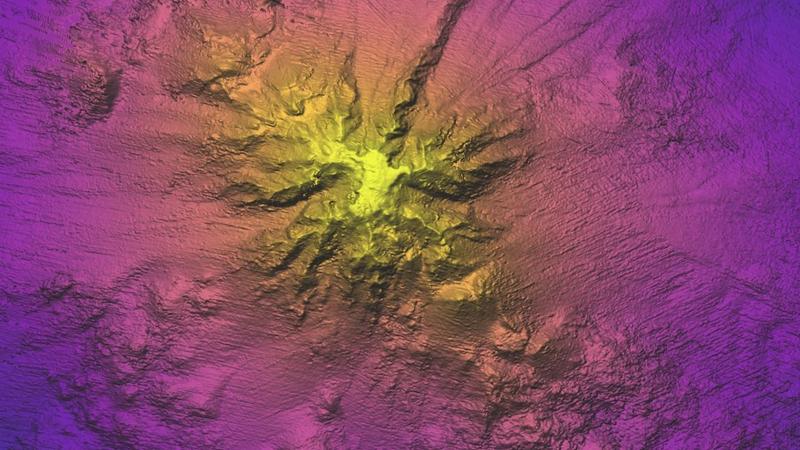Published 11:15 IST, August 29th 2024
Oceanographers Discover Massive Underwater Mountain Brimming with Marine Life
Oceanographers from the Schmidt Ocean Institute in California have discovered a colossal underwater mountain in the Pacific Ocean, as per reports

Sacramento: Oceanographers from the Schmidt Ocean Institute in California have discovered a colossal underwater mountain in the Pacific Ocean, situated 1,448 kilometers off the coast of Chile, as per reports. The newly discovered seamount is of the height of 3,109 meters, making it four times taller than the Burj Khalifa.
Team led by the Schmidt Ocean Institute
According to reports, team led by the Schmidt Ocean Institute explored the region using the research vessel during a 28-day expedition that wrapped up this month. During a 28-day expedition the Schmidt Ocean Institute team used advanced sonar technology to map the seafloor.
“We use sound waves that bounce off the seabed, and by measuring the time it takes for them to return, we can create detailed maps of the underwater terrain,” said Jyotika Virmani, the institute’s executive director.
Home to Rare Marine Species
The mountain is part of an extensive underwater mountain range and hosts wide range of marine biodiversity. It is home to vibrant sponge gardens, ancient corals, and rare marine species, including a type of squid that has been observed for the first time.
The research team also discovered in the research a ghostly white Casper octopus, making it a first sighting of this deep-sea cephalopod in the southern Pacific. They also encountered two rare Bathyphysa siphonophores, often referred to as ‘flying spaghetti monsters’ due to their string-like appearance.

These discoveries were among the highlights of the research vessel’s third expedition to the Nazca Ridge this year, an area situated in international waters. The region is a potential candidate for designation as the world’s first high seas marine protected area under a new UN treaty adopted in 2023 and currently being ratified by member states.
Virmani added further that, “Over the three expeditions, we mapped and explored 25 seamounts, providing valuable data that could support efforts to protect this fascinating region.”

Only 26% of the Seafloor Mapped Till Now
Currently, only about 26% of the seafloor has been mapped with such high resolution, despite it covering 71% of the Earth's surface. The researchers employed an underwater robot to explore the mountain, discovering an array of aquatic species.
Updated 11:22 IST, August 29th 2024




